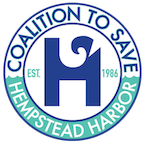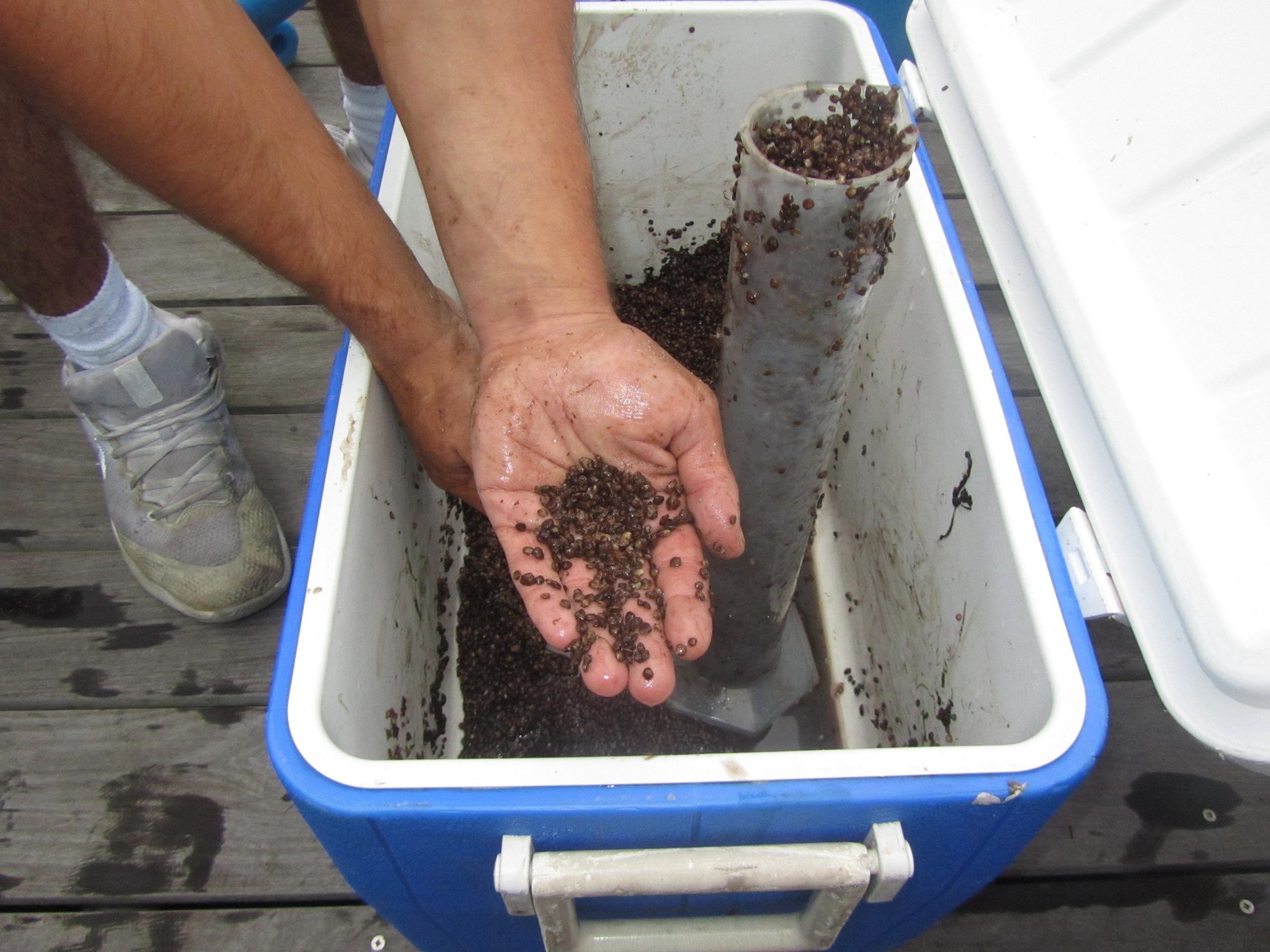
Water Quality
CSHH developed a citizens water-monitoring program for Hempstead Harbor in 1992. The motivating factors for this effort were the chronic sewage spills from failing wastewater-treatment plants that were sited along Hempstead Harbor and the drastic cutbacks to Nassau County Department of Health’s water-quality monitoring program. CSHH’s monitoring program was intended as a vehicle for public education and outreach. Its goal was to foster increased awareness of environmental issues and encourage public participation in local conservation efforts, and this program became CSHH’s core monitoring effort.
-
By 1998, improvements in water quality around the harbor were noticeable, and CSHH initiated a hard-clam density survey, working with local baymen, the Town of North Hempstead, and NYS Department of Environmental Conservation (DEC). The results of the survey were promising and set the stage for the work that would begin eight years later to start the stringent water-quality testing necessary to determine whether the harbor’s shellfish beds could be reopened for harvesting.
CSHH worked hard to develop a credible water-testing program that could be relied on to indicate the health of the harbor. However, the primary purpose of the program was to encourage all who live, work, and enjoy recreational activities around Hempstead Harbor to renew their interest in the harbor, as well as in Long Island Sound, and to participate in restoration efforts. An important component of the program since its start has been to involve citizens in observing changing conditions around the harbor and notifying CSHH as well as appropriate municipal and environmental agencies of any unusual events affecting the harbor.
Over the years, the scope of the water-monitoring program expanded, as had the network of partners supporting it. In 1995, as CSHH continued its monitoring efforts, the nine municipalities that share jurisdiction over Hempstead Harbor formed the Hempstead Harbor Protection Committee—a municipal partnership—to address the harbor’s water-quality problems using a watershed-management approach. CSHH became the first environmental organization to join the committee—as a nonvoting member and technical adviser.
In 2006, the Hempstead Harbor Protection Committee was able to assume financial responsibility for the water-monitoring program through a grant from the Long Island Sound Futures Fund, which has been a critical source of funding over the years. The Coalition to Save Hempstead Harbor continues to coordinate and implement the program.
The Coalition to Save Hempstead Harbor and the Hempstead Harbor Protection Committee continue to work closely together on improving Hempstead Harbor’s water quality. The two organizations illustrate the great successes that can result from creating valuable partnerships that pool resources and maximize results to benefit the environment and local communities.
The Hempstead Harbor core water-monitoring program now encompasses weekly testing at up to 21 monitoring stations and includes a winter-monitoring component that assesses the bacteria and nitrogen loading to Hempstead Harbor at key shoreline outfalls. The program has an EPA-approved Quality Assurance Project Plan, and the data collected through the program have been used in local policy and planning decisions.
-
The CSHH participated in the 2023 pilot year of the Long Island Sound Pathogen Monitoring Network, which included four monitoring groups representing Connecticut and New York. Launched by the Interstate Environmental Commission, Harbor Watch, Connecticut Department of Energy & Environmental Protection, and Maritime Aquarium, the project is funded through the Environmental Protection Agency’s Long Island Sound Office. The mission is to foster collaboration and build capacity for sewage pollution pathogen monitoring and source detection in the Long Island Sound watershed.
Currently, CSHH's Pathogen Monitoring Network efforts are concentrated on a total of five stations located in Dosoris Pond and West Pond in Glen Cove, NY. These areas have been closed to shellfishing for many years due to suspected bacterial contamination from the watershed, despite a lack of recent testing. Under the current monitoring, it is hoped that problem areas can be identified and addressed, potentially leading to the reopening of shellfishing in these and surrounding areas.
-
By 2006, NYS DEC had begun the water-quality testing necessary to determine whether a portion of the outer harbor could be recertified for shellfish harvesting. Over the next several years, CSHH worked with local municipalities and environmental agencies in shellfish-seeding programs for the harbor and expanded the citizen’s monitoring program to support the goal of reopening shellfish beds in Hempstead Harbor.
After five years of rigorous testing of water samples as well as samples of hard-shell clams from Hempstead Harbor, NYS DEC and NYS Department of Health determined that 2,500 acres of the outer portion of the harbor could be reopened for shellfish harvesting year-round. June 1, 2011, was the opening day for the recertified shellfish beds. For the first time in more than 40 years, commercial and recreational clammers could take shellfish from Hempstead Harbor.
-
Since 2016, CSHH has participated in the Unified Water Study: Long Island Sound Embayment Research (UWS), funded by the Long Island Sound Funders Collaborative and now coordinated by Save the Sound. The UWS is an ecological study of Long Island Sound bays in both New York and Connecticut. It is intended to engage citizen scientists in assessing the health of the bays through use of uniform monitoring equipment and methodologies.
CSHH conducts water sampling in Hempstead Harbor for this program biweekly from May through October and performs three days of seaweed assessments. In 2024, 27 groups monitored 46 bays from the Bronx River to Wequetequock Cove. The data collected from this program is used to compile a biennial report card comparing water quality for each bay based on testing parameters such as dissolved oxygen, water clarity, and chlorophyll a.


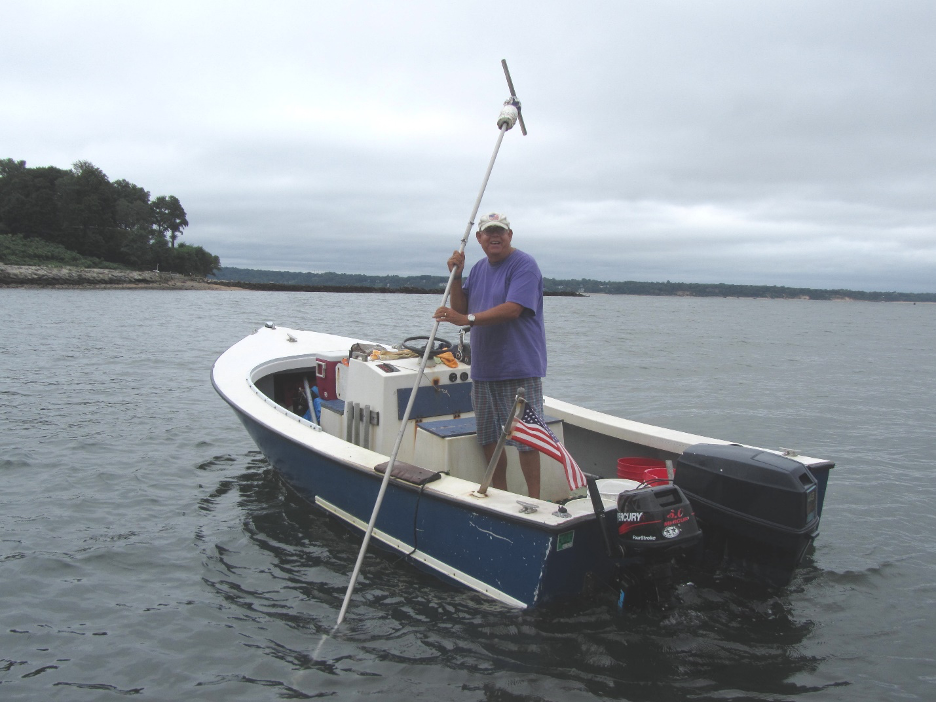
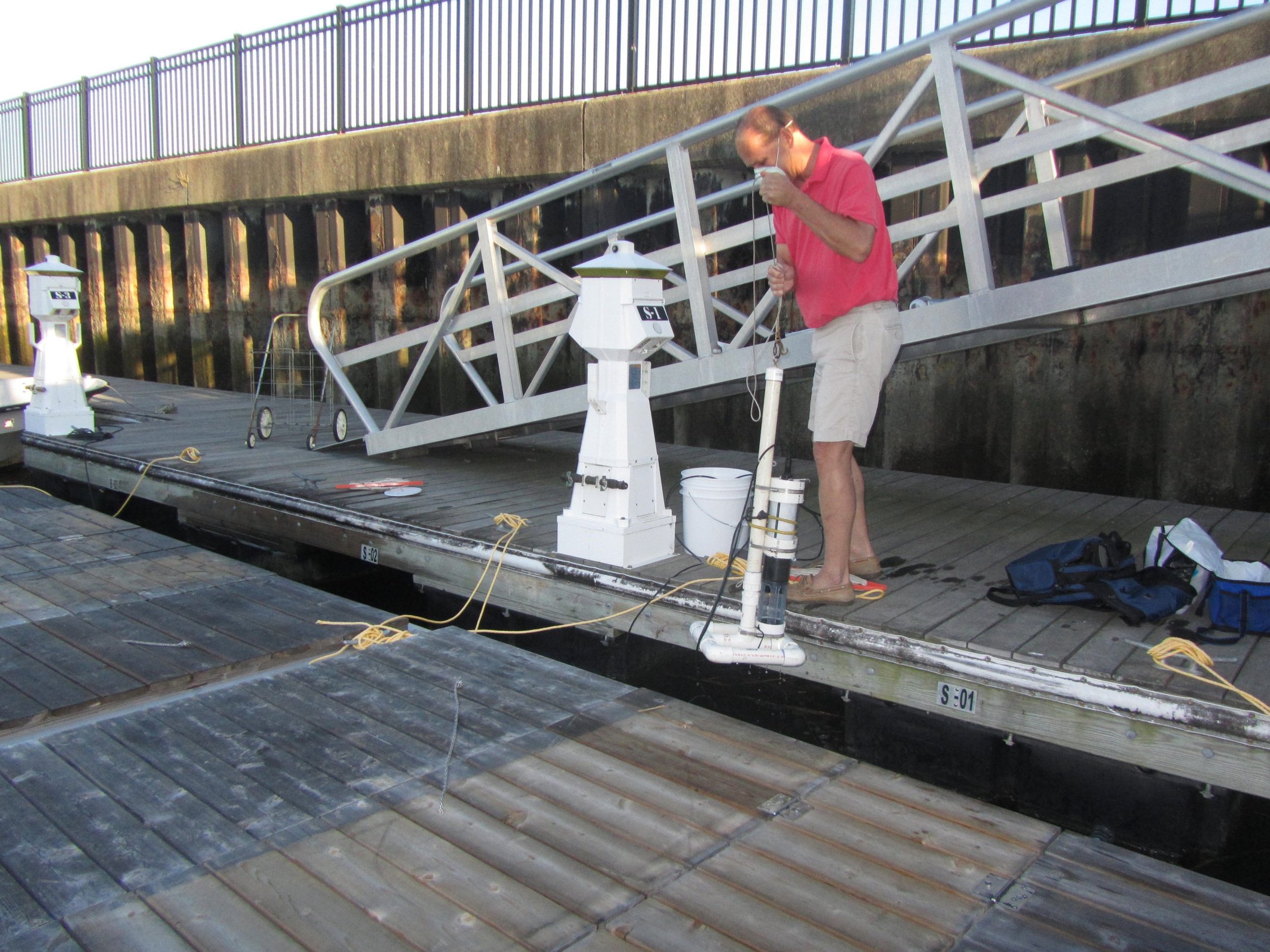

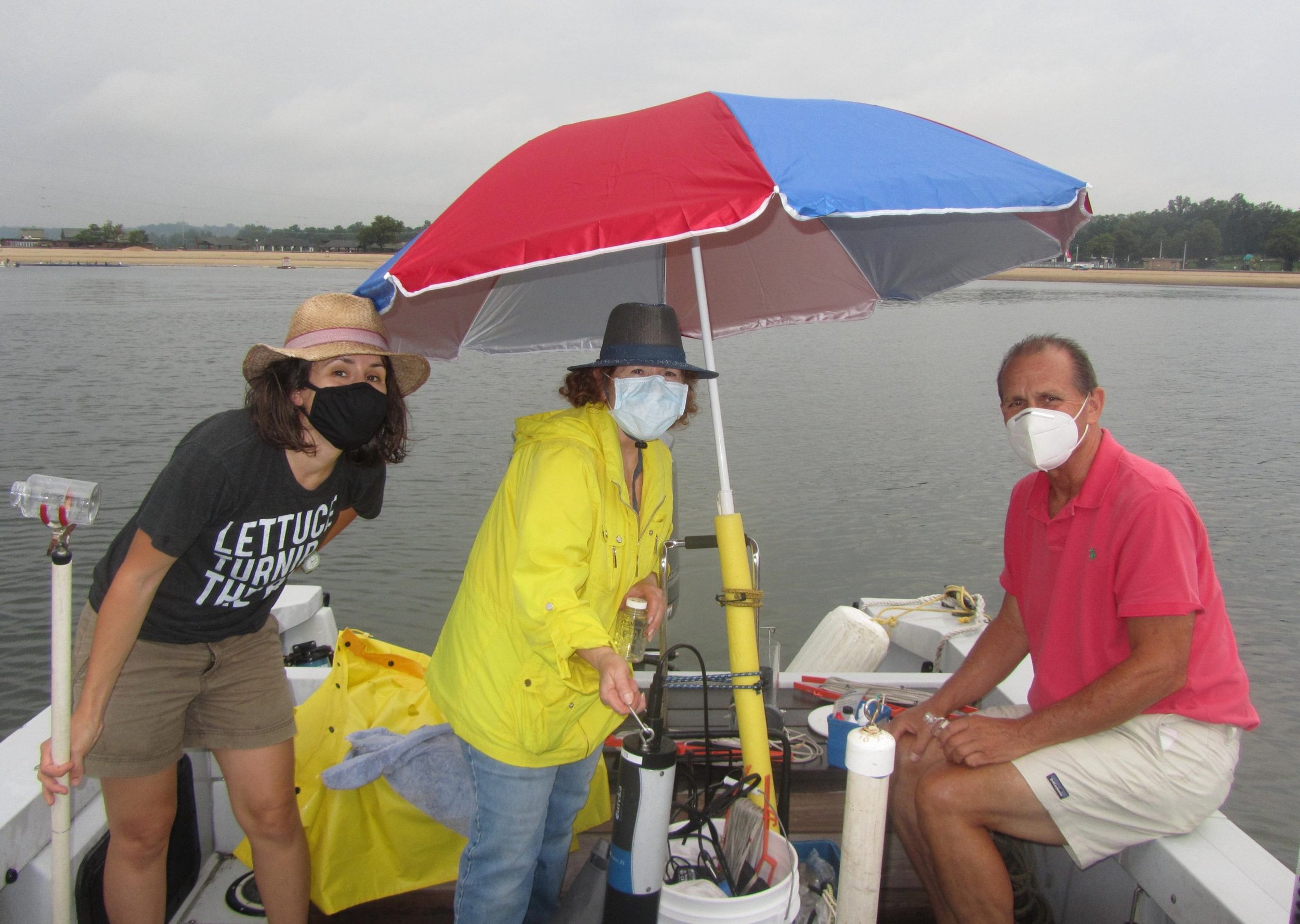

Nearly 40 Years of CSHH
The Coalition to Save Hempstead Harbor has been working tirelessly to protect and restore our harbor and surrounding communities since our founding in 1986. In celebration of our 40th anniversary, we look back at what harbor conditions used to be, how they’ve changed for the better, and we look forward to doing the critical work that will protect the harbor’s future.
Thank you to the talented Patrick Wright, Katie Taber, and Allen Moore, along with CSHH’s own Charlie Weinstein, for creating this incredible video. Original music soundtrack created and donated by Dave Diamond.
